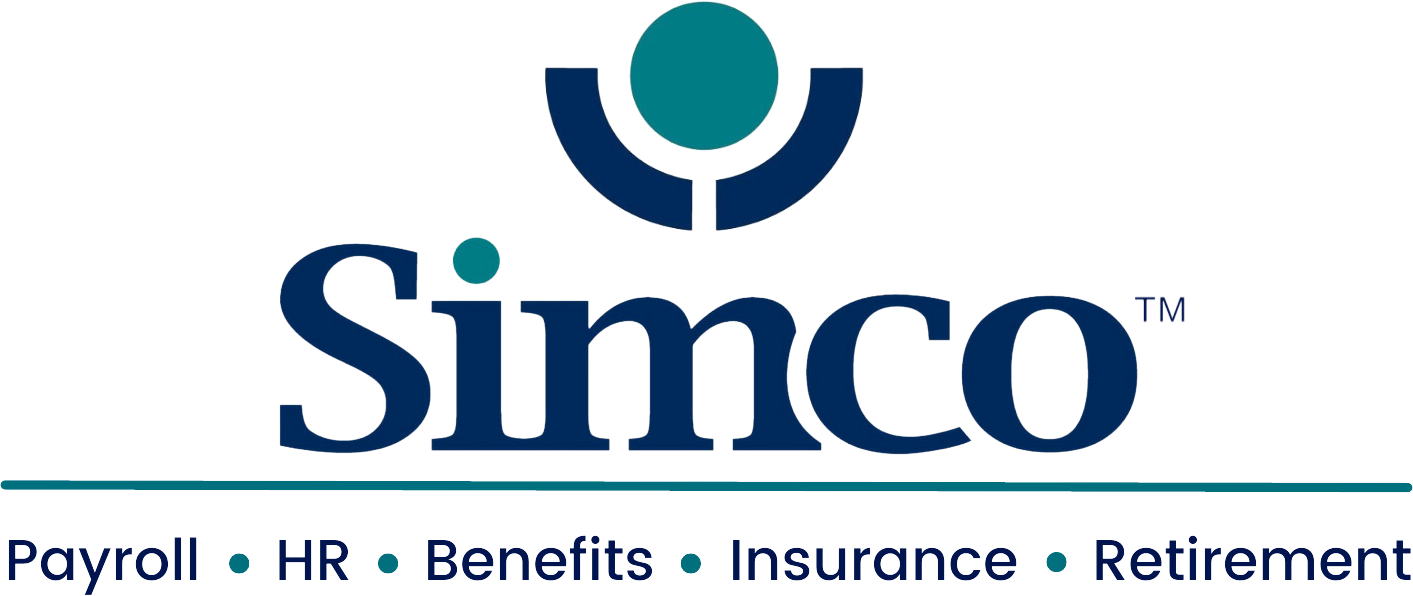
Efforts to improve health outcomes have traditionally focused on expanding access to the health care system. Recently, there has been an increased focus on improving health outcomes by taking a broader approach due to the challenges of affordability and access in the health care system. This more holistic approach to health and well-being includes examining and addressing the social factors, such as income, access to food and neighborhood location, that may well be linked to an individual’s health and well-being. These factors are known as social determinants of health (SDoH) or social drivers of health.
SDoH can often impact employees without their employers’ knowledge. Understanding SDoH and how they affect employees’ health and well-being can help employers take steps to better address their employees’ needs, improve health outcomes and build a reputation as a people-first organization.
What Are Social Determinants of Health?
SDoH are the conditions in which people are born, live and work that can impact their health, well-being and quality of life. The main SDoH are economic stability, education access and quality, health care access and quality, neighborhood and environment, and social and community context, according to the U.S. Department of Health and Human Services.
Some examples of SDoH may include:
- Income and job opportunities
- Education
- Housing, transportation and neighborhoods
- Access to nutritious food
- Opportunity for physical activity
- Quality of air and water
SDoH tend to affect the health outcomes of individuals with lower incomes and from historically marginalized groups. Additionally, communities with poor SDoH tend to experience worse health outcomes and increased inequities. For example, experts have linked lower income and social disadvantage to:
- Higher probabilities of obesity, heart disease and diabetes
- Lower life expectancy
- Higher occurrences of preventable disease
- Delayed recognition and treatment of disease
- Difficulty navigating the health care system and following self-care routines
- Increased likelihood of receiving medical treatment in more expensive, less effective settings
Understanding the broader barriers to health and well-being can help employers identify the social conditions that may be impacting their workforce’s health, well-being and quality of life. Considering SDoH can allow employers to more effectively and holistically improve employee health outcomes, which may lead to a more productive and loyal workforce.
How Do SDoH Impact Employers?
SDoH have recently become an important area of focus for employers. Many employers are starting to reconsider their approaches to employee health and well-being by understanding the nonmedical factors influencing their employees’ health outcomes. A recent survey from Willis Towers Watson found that approximately 67% of employers believe SDoH are increasingly important to their health and well-being strategies.
Industry experts have observed that low-income workers tend to approach health care similarly to uninsured individuals, according to research from Aetna; they delay needed medical treatment and often grapple with medical bills and debt. When these employees receive treatment, they tend to select more expensive options, such as visiting the ER, instead of cost-effective alternatives. These employees may do this because they lack transportation, child care resources or flexible work schedules. Additionally, the vast majority of employees tend to lack knowledge of their health plan and the health care system generally. Employees who resort to high-cost, out-of-network or unnecessary medical treatment tend to increase overall medical plan expenses.
By understanding how their employees interact with the health care system, employers can better understand how SDoH impacts their employees. With this information, employers can identify areas where they can reduce overall health care expenses and provide benefits employees need and can utilize. This may improve the health and well-being of their employees and increase health equity among their workers.
How Some Employers Are Addressing SDoH
With the knowledge of how SDoH can affect employees, employers can determine if their employees are receiving suitable health benefits. Employers can collect data to find SDoH affecting their employees so they can identify gaps in their current benefits offerings. Potential sources of SDoH information include:
- Health risk assessment tools
- Anonymous employee surveys
- Payroll or HR information systems data
- Health claims data from insurers and third-party administrators
By assessing their health benefits designs with SDoH in mind, employers can determine which core and ancillary benefits best align with their employees’ needs and desires. This may include nontraditional benefits aimed at increasing their employees’ knowledge or access to health care resources. Such benefits may include health care benefits education, financial counseling, tuition reimbursement, flexible work schedules and caregiving resources.
Conclusion
Employers are uniquely positioned to aid their employees in being healthier by making health care more accessible; they can do this by taking a holistic approach to the health and well-being of their workforce. Considering the potential social factors that may be affecting their employees may enable employers to not only improve their employees’ health outcomes but also lower overall health care expenses.
For more information on health care resources, contact SimcoHR today.
Sign up for our newsletter.




